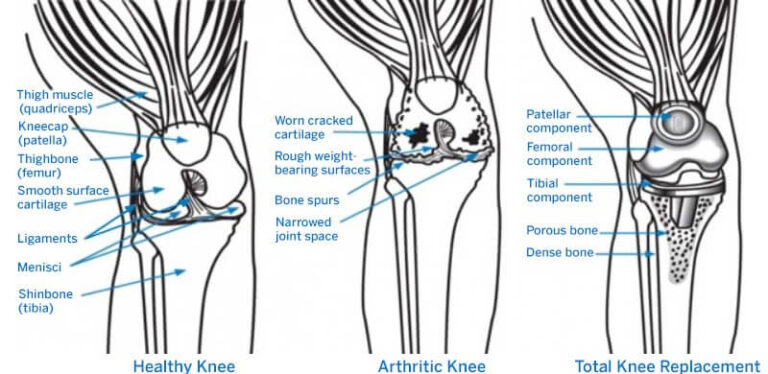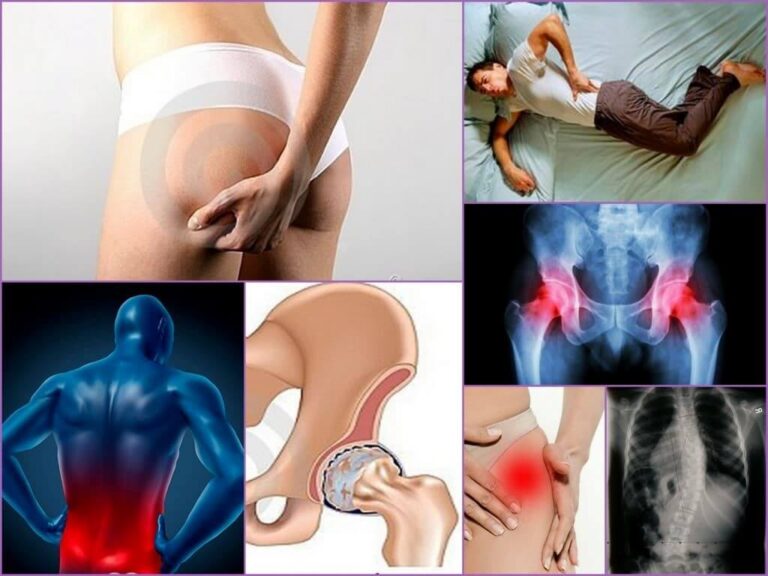Which surgery should be done first when both your hip and knee need to be replaced?
Hip or knee replacement? Which has priority?
Total hip replacements are most often done to ease severe arthritic conditions. The surgery is also conducted for other issues like hip ruptures. Most total hip replacement patients are over 55 years of age. However, the surgery is sometimes performed on younger patients. Patients who are candidates for total hip replacement surgery generally have:
· Severe pain that checks work and everyday activities
· Pain that cannot be controlled by anti-inflammatory medications, canes, or walkers
· Meaningful immobility of the hip
· Progressive arthritis or other problem
On the other hand, Knee replacement is where portions of the bones that comprise the knee joint are removed and replaced with artificial implants. It is completed primarily to relieve knee pain and stiffness caused by osteoarthritis.
Most people who get this surgery have grown knee arthritis, in which the knee cartilage is worn away and the surface of the knee becomes pitted, deteriorated, and irregular. This causes pain, stiffness, fluctuation, and a change in body alignment. Knee replacement surgery can also help some people who have a weakened knee joint caused by an injury or other condition. (Find more information about Knee Replacement Surgery In Iran at Smart Behan.)

Joint replacement involves removing parts of an arthritic or damaged joint, and replacing them with metal, plastic or ceramic components that replicate the movements of a healthy joint. for instance, about 700,000 knee replacements and about 400,000 hip replacements are performed in the U.S. each year
In theory, it’s possible to have both processes done simultaneously (or at least in the same hospital stay), but there are a few things you’ll need to consider. Firstly, having two relatively large surgeries together will mean your recovery will likely take longer. Nevertheless, it would probably still be shorter than the total recovery time for having one surgery and full recovery followed by another.
Importantly, if you need both a hip and a knee replacement and you’re worried about how you’ll cope with your rehabilitation, most surgeons will suggest having surgery on the hip first.
Hip replacement surgery is a slightly more straightforward procedure than knee replacement. That’s because the hip is an essential ball-and-socket joint. Therefore, it’s a reasonably short process to effectively create and implant parts to replace that joint. On the other hand, the knee is a complicated joint that permits a broader range of movement and flexibility. While the knee joint can be replaced successfully, the technique may be more complex and typically needs a more prolonged recovery after surgery than the hip.
The difference in surgical complexness is why a hip replacement is usually advised before a knee replacement. Another reason is that chronic hip pain can cause pain in other body parts, including the knees. This is called “referred pain.” The pain from the hip can spread to the knee, so hip joint replacement may improve the pain in the knee or at least give a clearer idea of how much of the knee pain is coming from osteoarthritis in the knee.
The final consideration is a logistical one. Nowadays, orthopedic surgeons usually specialize in either hip or knee replacements, so there would also be the question of whether it would be possible to coordinate surgeons.
So, in some cases, replacing the hip may decrease pain in the knee — perhaps decreasing it to the point that it could be controlled with nonsurgical treatment, such as physical therapy, thereby constructing a knee replacement unnecessary.
Performing a hip replacement before a knee replacement is also preferable due to active rehabilitation. For hip replacement, recovery and repair generally take about six weeks. As directed by a physical therapist, regular activity and exercise can help that process. Although you may need to adjust, having a painful knee usually doesn’t disrupt the required rehabilitation after hip replacement. For knee replacement, full recovery often takes extensively longer than hip replacement. And having a hurting hip can interfere with the repair required following a knee replacement.

Both hip and knee replacements have high rates of success when performed well by experienced surgeons. The implants used in joint replacements are durable, often lasting for decades. In people who receive a total hip replacement, about 90 to 95 percent receive almost complete relief of pain following the surgery. Because of the complexness of the joint, that number drops slightly for knee replacement to about 80 to 85 percent.
Difficulty rates are equivalent for hip and knee replacements. Although the risk is low, infection is possible following both strategies. Complete dislocation is not a risk with the knee, but it can be a problem with the hip joint after replacement. Knee joints, on the other hand, can be tolerant to instability after surgery if the ligaments aren’t correctly tensioned. Working with a surgeon who has expertise and experience in joint replacement can decrease the likelihood of these difficulties.
The specific amount of time required between joint replacement surgeries depends on your signs, medical history, other health conditions you may have, how well your overall recovery and rehabilitation progress, and any complications you experience. Talk to your orthopedic surgeon about your condition to decide on the timeline that’s right for you; Dr.Zakieh Meshksar Orthopedic Surgery.
Pain associated with knee replacement versus hip replacement

Modern knee replacement concerns paying careful attention to keeping patients comfortable. Some pain will definitely be undergone, but this should always be manageable. It is managed by proper medication and by standard icing.
Patients have little pain, relatively speaking, after a hip replacement, but things differ because the knee is a very different joint after a knee replacement. The knee can swell and feel tight and rigid. The arthritic pain vanishes straight away but is replaced by a fast, stiff pain for a while. Patients also have to work to earn a good knee bend. There is no doubt that things differ from patient to patient. Still, another important factor is how well the surgery is performed, including how carefully the tissues are handled, how the replacement is positioned, and even how carefully the injury is closed. Some surgical techniques can help the knee feel more natural after the surgery and allow patients to go very quickly with minimal pain.
All patients can hope to be walking on the day of surgery or, indeed, the morning after. Most patients go home on the second day after surgery and are portable, have a knee that bends well, and have reasonable pain control.
Smart Behan is the main platform to provide medical information to address your health issue. Our network introduces best hospital and centers in iran offering high quality services and expert Best Doctors and Surgeons in Iran as well as booking appointment. You can manage your medical travel. Smart Behan accompanies you from airport to airport handling Welcoming, transportation, translation, medical treatment and last not the least follow up when you are back to home.



3 Comments
zoritoler imol
I was looking at some of your content on this website and I conceive this site is very instructive! Keep posting.
zoritoler imol
I cherished as much as you’ll obtain carried out proper here. The sketch is tasteful, your authored subject matter stylish. nonetheless, you command get got an shakiness over that you would like be handing over the following. in poor health indubitably come more earlier again as precisely the same just about very regularly inside case you protect this hike.
Soroor al zahdi
hello
Thanks for article, Which doctor is better for knee replacement?